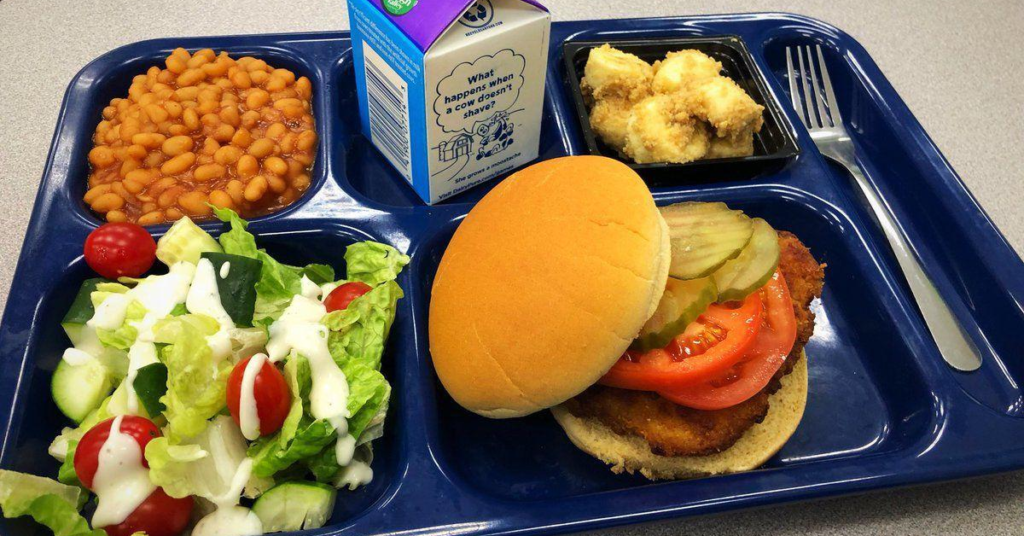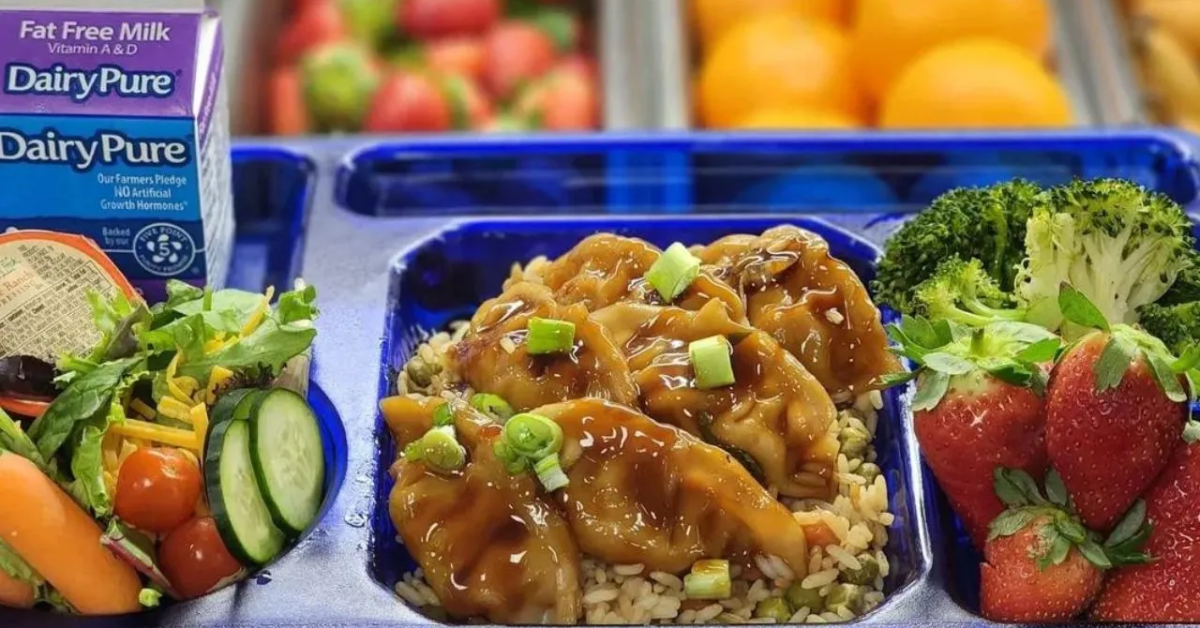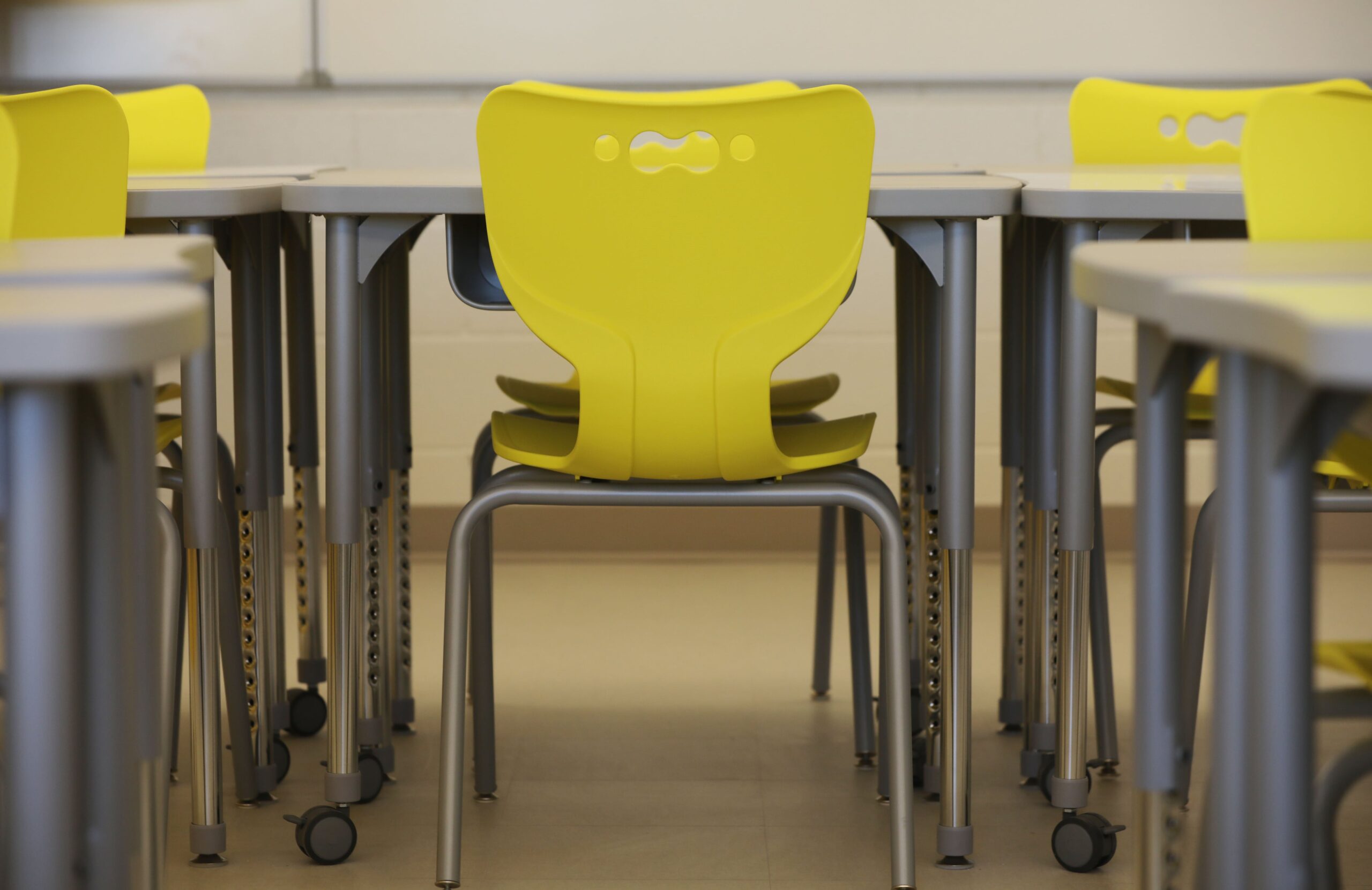South Carolina schools have launched a new free meal program under a state directive aimed at ensuring that all students have access to nutritious meals at no cost. This initiative is designed to eliminate food insecurity among schoolchildren, promote better learning conditions, and support families struggling with financial difficulties. The program applies to all public schools in the state, making both breakfast and lunch available for free to every student, regardless of their financial background.
The decision comes as part of a broader effort to address child hunger and improve educational outcomes. Studies have shown that proper nutrition plays a crucial role in students’ ability to focus, retain information, and perform academically. With this program, South Carolina aims to remove one of the biggest barriers to student success: hunger.
A Relief for Families
For many parents, this initiative is a welcome relief. The cost of school meals can add up quickly, especially for families with multiple children. With inflation driving up food prices, some families have struggled to afford nutritious meals. The free meal program ensures that no child has to go through the school day hungry or worry about affording lunch.
Many parents have expressed their gratitude for the program, saying it not only helps them financially but also gives them peace of mind knowing that their children are receiving well-balanced meals at school. Some families who previously did not qualify for free or reduced-price lunches are especially appreciative, as they often found themselves in a difficult financial situation—earning too much to qualify for aid but still struggling to cover expenses.
Schools Step Up to Implement the Program
School administrators and cafeteria staff have worked diligently to roll out the program smoothly. They have coordinated with food suppliers, adjusted school budgets, and ensured that the meals meet state and federal nutritional guidelines. Some schools have also used this opportunity to introduce healthier food options, including more fresh fruits and vegetables, whole grains, and lean proteins.
Despite the positive impact, the transition has not been without its challenges. Schools have had to adjust to an increase in demand for meals, requiring additional staffing and resources. However, most districts have successfully adapted, ensuring that every student who needs a meal gets one without disruption.
Teachers and school staff have reported noticeable changes since the program’s launch. Many say that students appear more engaged, focused, and energetic in class. Previously, some students would arrive at school without having eaten breakfast, leading to low energy levels and difficulty concentrating. The free meal program has helped address this issue by ensuring that every student starts the day with a nutritious meal.
The Link Between Nutrition and Academic Performance
Nutrition experts and educators agree that hunger can directly impact a child’s ability to learn. When students are hungry, they may struggle with concentration, memory, and overall cognitive function. Studies have shown that children who have consistent access to healthy meals perform better academically, have improved attendance rates, and are less likely to exhibit behavioural problems.

By implementing this statewide program, South Carolina is not just feeding students—it is investing in their future. When children have the nutrition they need, they can focus on their studies, participate more actively in class, and develop healthier eating habits that will benefit them throughout their lives.
Community Support and Future Plans
The free meal program has also strengthened the sense of community within schools. Teachers, cafeteria staff, parents, and local businesses have come together to support the initiative. Some local farms and food suppliers have partnered with schools to provide fresh, locally sourced ingredients, ensuring that students receive high-quality meals.
While the program is still in its early stages, initial feedback has been overwhelmingly positive. State officials plan to monitor its effectiveness and make improvements as needed closely. They are also looking at ways to secure long-term funding to keep the program sustainable in the years to come.
Some lawmakers and education advocates are calling for additional measures, such as expanding meal programs to include after-school snacks and summer meals for students who rely on school-provided food year-round. The success of the free meal initiative in South Carolina could serve as a model for other states looking to implement similar programs.
The Bigger Picture
South Carolina’s decision to provide free meals for all public school students reflects a growing national conversation about food security and education. In recent years, other states have experimented with similar programs, recognizing that access to nutritious meals should be a fundamental part of the education system.
Advocates argue that free school meals should be treated like other essential educational resources—just as students are provided with textbooks and transportation, they should also be provided with meals. By removing the stigma associated with free lunch programs and ensuring that every child is fed, schools can create a more inclusive and supportive environment for learning.
This initiative represents a major step forward in the fight against childhood hunger and educational inequality. As the program continues, officials will evaluate its impact and explore ways to expand access to nutritious meals for students across the state.
Final Thoughts
South Carolina’s new free meal program is a game-changer for students and families across the state. By ensuring that every child has access to breakfast and lunch at no cost, the initiative is helping to remove financial barriers, improve academic performance, and promote overall well-being.
While there are still logistical challenges to address, the program’s early success suggests that it could become a long-term solution to student hunger. As other states watch and learn from South Carolina’s efforts, this initiative could spark a nationwide movement toward making free school meals a permanent fixture in public education.
For now, South Carolina students can look forward to a school day without the worry of hunger, knowing that their schools are committed to providing them with the nutrition they need to thrive.
Disclaimer: This article has been meticulously fact-checked by our team to ensure accuracy and uphold transparency. We strive to deliver trustworthy and dependable content to our readers.








